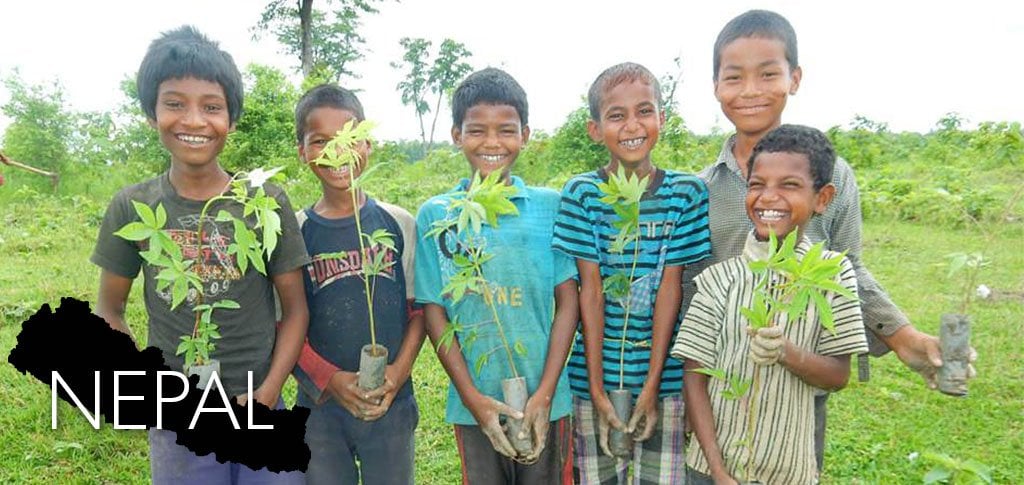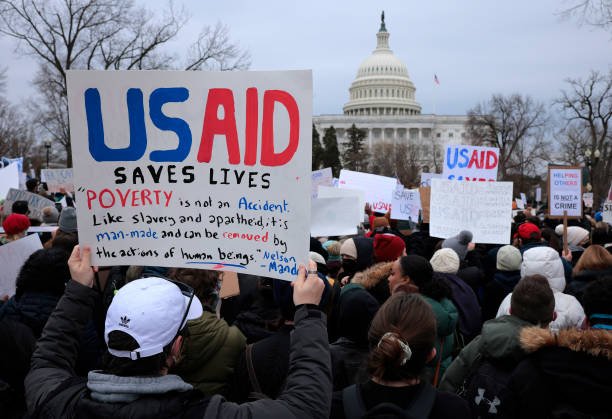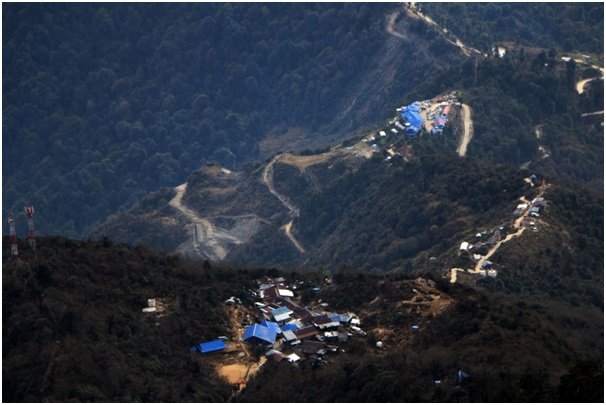COP 28: Pathways for Nepal to Combat Climate Change

Nepal as a Himalayan nation, is highly susceptible to the repercussions of climate change. The country's economy, infrastructure, and population are all endangered by melting glaciers, floods, landslides, droughts, more frequent and intense natural disasters, and other climate-related events. Given this, it is imperative that Nepal navigate various challenges and potentialities from the outcomes of the discussions and agreements made at the international climate change conference held in Dubai (COP 28, UAE) in 2023. This article will explore some of the ways forward for Nepal in response to climate change impacts.
Vulnerability and Local Adaptation: Nepal is highly vulnerable to the impacts of climate change, particularly due to its geographical location and dependence on agriculture. To address this vulnerability, Nepal should prioritize adaptation measures that help communities and infrastructure cope with the increasing frequency and intensity of climate-related disasters. This could include investing in early warning systems, building river walls, dams, canals and other protective structures, promoting sustainable land use practices which will protect communities from floods, or promoting sustainable agriculture practices that are resilient to changing rainfall patterns or extreme weather incidents.
Loss and Damage: Despite Nepal's efforts to adapt to the impacts of climate change, some losses and damages are irreversible and cannot be avoided through adaptation measures alone. In such cases, Nepal should advocate for loss and damage compensation from developed countries. This refers to the financial support required to address the irreversible impacts of climate. For instance, Nepal could push for a clear and binding mechanism for loss and damage financing, providing financial support for communities affected by loss and damage caused by climate change impacts.
Renewable Energy Transition: Nepal has significant potential for renewable energy production, particularly hydropower, wind power, and solar power. To capitalize on this potential, Nepal should prioritize a renewable energy transition that involves increasing the share of renewable energy in the country's energy mix and phasing out fossil fuels. This could include investing in hydropower projects, wind farms, or solar panels.
Forest Conservation and Diversity: Forests play a critical role in mitigating climate change impacts by absorbing carbon dioxide from the atmosphere. Nepal should prioritize forest conservation and diversity initiatives that promote sustainable forest management practices to preserve this carbon sink function. This could include reforestation efforts, afforestation programs, and community-based forest management initiatives that involve local communities in forest management decisions. Nepal could also invest in reforestation efforts to protect communities from deforestation and loss of biodiversity or to promote agroforestry systems that combine trees with crops or livestock to increase productivity while also providing shade and reducing soil erosion.
Climate Financing: To address the financial requirements for climate adaptation and mitigation measures, Nepal should ensure adequate climate financing from the national treasury as well as lobbying for the developed countries’ financing. This involves securing funding for climate adaptation and mitigation measures as well as for loss and damage compensation. Nepal should also promote domestic resource mobilization for climate finance by investing in green bonds or carbon credits generated through renewable energy projects. For instance, Nepal could invest in building small-scale hydropower projects that generate carbon credits under international carbon trading schemes such as the Clean Development Mechanism.
Sustainable Agriculture: Agriculture is a major sector of Nepal's economy but is highly vulnerable to climate change impacts such as droughts or floods. To address this vulnerability, Nepal should prioritize sustainable agriculture practices that are resilient to changing rainfall patterns or extreme weather events such as droughts or floods. For instance, Nepal could invest in building irrigation infrastructure such as canals or reservoirs that provide water during times of scarcity due to droughts or floods.
Water Management: Water management is critical for addressing climate change impacts such as changing rainfall patterns or extreme weather events such as droughts or floods. To address this challenge, Nepal should prioritize water management initiatives that promote water conservation practices, improve water use efficiency, and invest in drinking and irrigation water infrastructure such as reservoirs, dams, and canals to cope with changing rainfall or weather patterns. For instance, Nepal could invest in building small-scale irrigation systems that provide water during times of scarcity due to droughts or floods while promoting water conservation practices such as rainwater harvesting or wastewater treatment initiatives.
Climate Education and Awareness: Climate education and awareness initiatives are critical for promoting climate literacy among communities, schools, and other stakeholders. This involves promoting climate information services that provide communities with timely weather forecasts and advisories while also promoting youth leadership development initiatives related to climate change adaptation and mitigation measures. For instance, Nepal could invest in building community-based weather stations that provide real-time weather data to communities while also promoting youth leadership development initiatives related to climate change adaptation and mitigation measures through school programs or youth clubs.
Gender and Social Inclusion: Climate change impacts are not gender-neutral but disproportionately affect women, marginalized communities, and other vulnerable groups due to their socioeconomic status or cultural norms related to gender roles. To address this challenge, Nepal should prioritize gender and social inclusion initiatives related to climate change adaptation and mitigation measures that ensure women's participation in decision-making processes related to climate change adaptation and mitigation measures while also addressing cultural norms related to gender roles that perpetuate vulnerability among women during times of crisis due to climate change impacts such as flooding, landslide or droughts. For instance, Nepal could invest in building community-based weather stations that provide real-time weather data to women's groups while also promoting youth leadership development initiatives related to climate change adaptation and mitigation measures through school programs or youth clubs that involve girls’/women's participation in decision-making processes related to climate change adaptation and mitigation measures.
Youth Awareness and Mobilization: Youth awareness initiatives related to climate change adaptation and mitigation measures are critical for promoting youth leadership development initiatives related to climate change adaptation and mitigation measures. This involves promoting youth engagement in decision-making processes related to climate change adaptation and mitigation measures while also addressing cultural norms related to gender roles that perpetuate vulnerability among girls and women during times of crisis due to climate change impacts. For instance, Nepal could invest in building youth clubs and networks focused on promoting youth leadership development initiatives focused on promoting youth engagement in decision-making processes related to climate change adaptation and mitigation measures, which could include training programs, mentorship opportunities, and networking events focused on promoting youth engagement in decision-making processes related to climate change adaptation and mitigation measures.
Development with Alternative Energy and Sustainable Technology: Development with alternative energy and sustainable technology is critical for Nepal to promote rapid and sustainable development practices focused on reducing greenhouse gases. This involves investing in alternative energy sources such as biogas, biomass, or innovative construction materials, and waste-to-energy technologies. For instance, Nepal could invest in building small-scale biogas plants or biomass stoves which could provide communities with access to clean cooking fuel while also generating income through the sale of excess biogas or biomass products.







Leave Comment